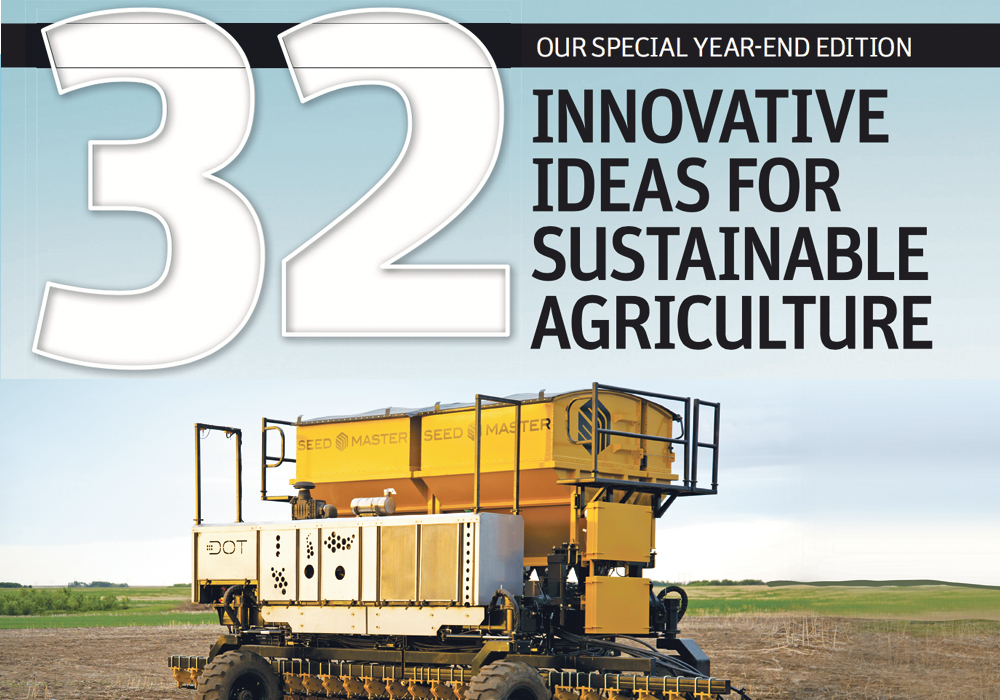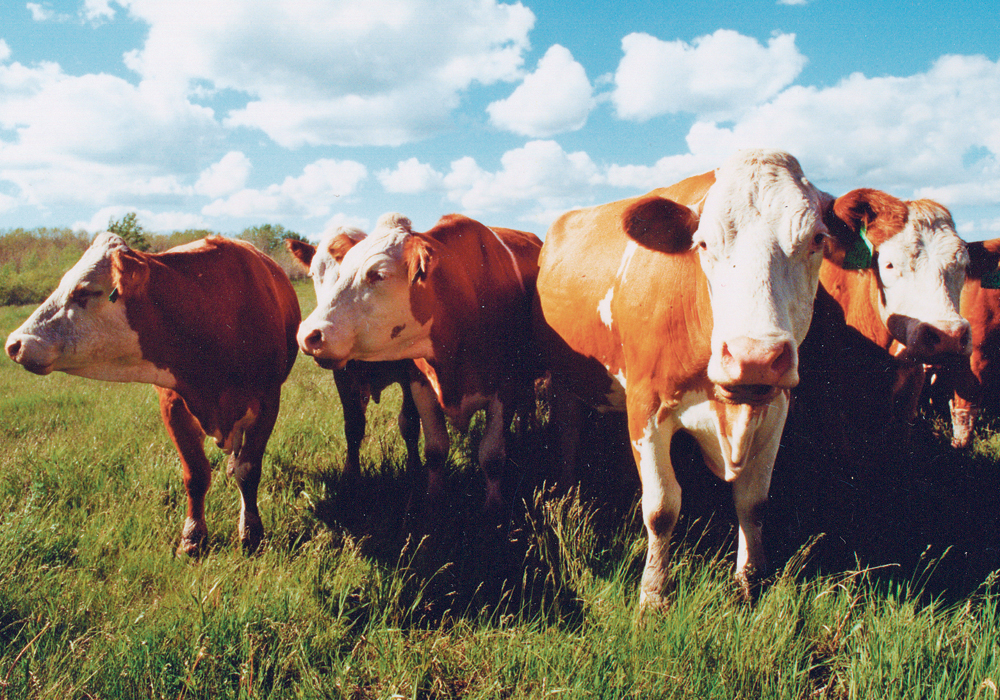Farmers in Western Canada have always relied on innovation to make their farms more productive and more profitable.
From mechanical innovations such as combine harvesters and rubber wheeled tractors nearly a century ago to the adoption more recently of chemical weed control products, genetically modified crop varieties and GPS assisted machinery, the evolution of prairie agriculture has always depended on the adoption of innovative new technologies.
Among the next wave of promising agricultural innovations is hybrid wheat, a product that has the potential to boost western Canadian wheat yields by 10 percent or more, stabilize yields under less-than-optimal growing conditions and help to maintain wheat as a staple crop in profitable and sustainable rotations.
Read Also

New coal mine proposal met with old concerns
A smaller version of the previously rejected Grassy Mountain coal mine project in Crowsnest Pass is back on the table, and the Livingstone Landowners Group continues to voice concerns about the environmental risks.
Hybrid wheat has been on the radar of North American wheat breeders for some time, but product commercialization has eluded the industry.
Bayer is hoping to change that.
In 2016, the company officially opened a new western Canadian wheat breeding facility near Pike Lake, Sask., about 60 kilometres southwest of Saskatoon.
The facility, part of Bayer’s global network of plant breeding operations, will be dedicated exclusively to the development of hybrid wheat varieties for the Canadian market.
Marcus Weidler, vice-president of seed operations, said the company’s first hybrid wheat products could be commercialized and available to western Canadian growers by as early as 2023.
“It’s difficult to say what the yield bump of hybrid wheat will be because it will depend on the environmental conditions and on the specific hybrid product (being used), but I think it’s safe to say that it will be around 10 percent,” Weidler said.
“But what’s even more interesting than yield bump is yield stability.… We have already seen this in other countries, such as France, where hybrid wheat is a reality today. There, under optimal growing conditions, hybrid wheat varieties are already (producing higher yields) than in-bred lines. However, when environmental conditions are less than optimal, the hybrids out-yield everything else by a really wide margin.
“That yield stability will make production more reliable and more predictable under a wider range of environmental conditions.”
Hybrid wheat is a cross between two carefully selected pure wheat lines.
Each hybrid variety contains genes from both parent lines.
The hybrid vigour or heterosis that is achieved by crossing the two distinct varieties is expressed as hybrid wheat seeds grow and produce their own seeds.
Hybrid wheat varieties are already being grown in some European countries and are being marketed by a handful of companies.
Hybrid wheat varieties that are being grown in Europe are also known to have improved tolerance to abiotic stresses and im-proved nutrient utilization capabilities.
Promoters say this is partly because of the plant’s enhanced genetic package and the more robust root system that is typical of hybrid varieties.
Developing hybrid wheat varieties is challenging both in terms of seed production and seed distribution.
For production, pollination is one of the largest challenges.
“The challenge of hybrid wheat is primarily in seed production because the pollen of wheat is not flying as it is with other crops…. Instead, it is dropping,” Weidler said.
“So when you have a female line and a male line that are being used to create a hybrid, they have to be in very close proximity to one another to have seed production accomplished.”
Therefore, great care must be taken during the seed breeding and multiplication stages to ensure that female and male lines are properly placed to accommodate cross-pollination.
Distribution has its own challenges.
“Unlike canola, where you have a multiplication rate of one seed to roughly 600 seeds, in wheat the ratio is anywhere between 1:30 and 1:50,” Weidler said.
“This means that a much larger area is required to produce the same number of seeds…. Linked to this is the fact that the seed of wheat, relative to canola, is pretty bulky, which means that you also have to have a very decentralized seed production system.”
A decentralized production model, which uses numerous locations across the West, would eliminate the need to transport large quantities of bulky wheat seed over long distances at a potentially prohibitive cost.
In other words, the complex logistical task of producing hybrid seed and distributing it to end users must be accomplished efficiently and at a reasonable cost.
“So the question for us is how can you establish a very robust quality assurance system across the Canadian Prairies so that you can really supply your growers throughout western Canada with the seed that they require?” he said.
These are a few of the complex questions that Bayer is working through.
Weidler said the company’s Canadian researchers are not working alone.
Bayer’s new wheat breeding station in Pike Lake is part of the company’s global network of breeding and research facilities.
Within that network, each individual location is equipped to provide support and expertise to other regional breeding teams.
In Western Canada, the company will also rely heavily on collaboration and partnerships with established seed producers, Weidler said.
For example, the company will require seed industry partners throughout Western Canada to address logistical issues related to decentralized hybrid seed production and distribution.
“We’ve done some preliminary calculations, and we believe that we will need seed producers and processors (in a number of locations),” he said.
“As a company, this means that we will have a lot of partners … so there will be huge opportunities for seed growers and seed producers to work together with us and to develop this hybrid wheat system for the western Canadian marketplace.”
There will be obstacles, but Weidler believes hybrid wheat represents a significant breakthrough that will make western Canadian farms more profitable and the Canadian industry more competitive.
“We believe there is an upside for growers, in terms of returns on investment, because of the higher yields and … because hybrid wheat will give wheat growers a better risk profile than they have today.”
Weidler said Bayer officials were encouraged by recent changes to Canada’s regulatory and legal environment, specifically the adoption of UPOV-91, which offers greater protections to innovators and encourages investments in Canadian plant breeding.
Bayer’s experience with InVigor hybrid canola was another important factor that influenced the company’s decision to pursue hybrid wheat in Canada.


















